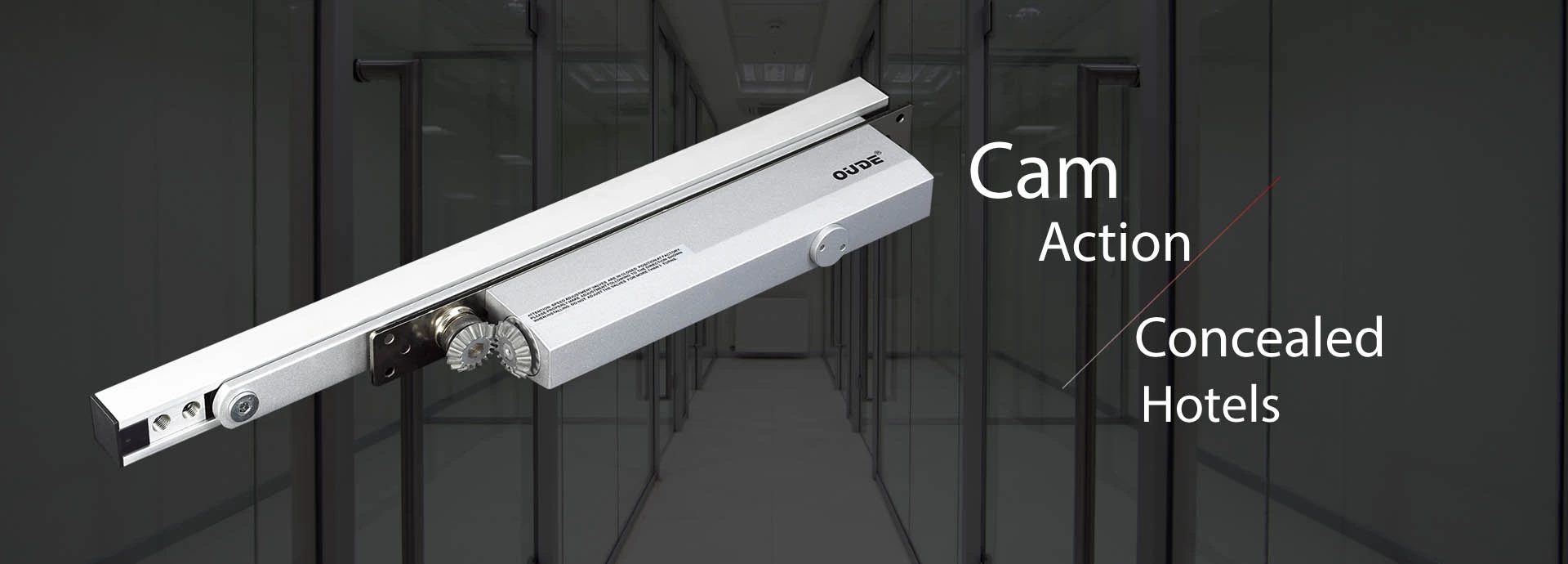
Concealed door closers include concealed overhead closers and concealed floor closers, each suited for different door types and weights.
There are two primary types of concealed door closers: Concealed Overhead Closers and Concealed Floor Closers. Both offer the same basic function—ensuring that doors close automatically without being seen. The difference lies in where they’re installed and how they operate. We’ll break it down for you.
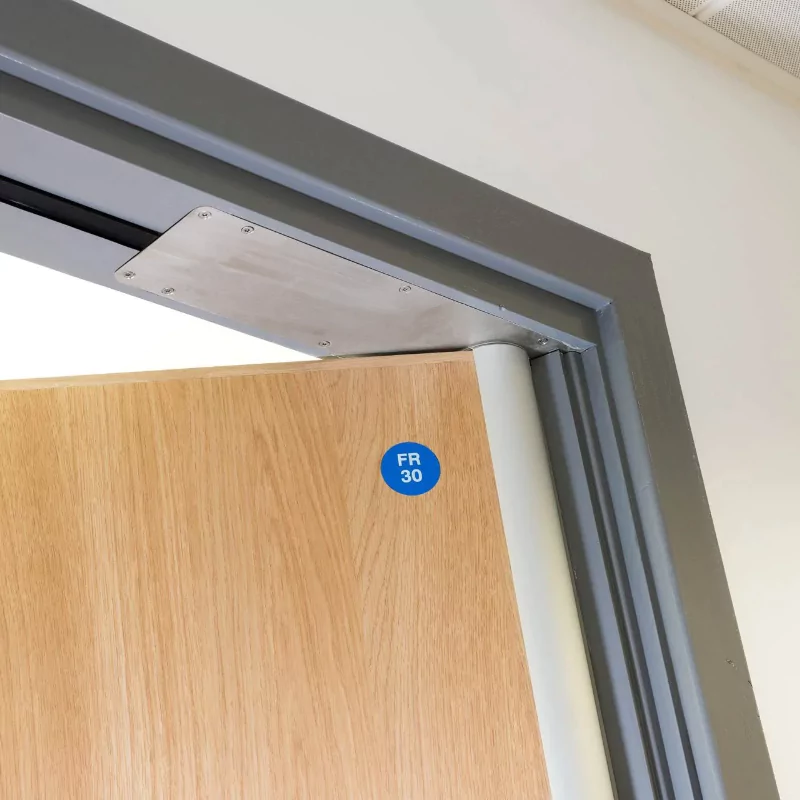
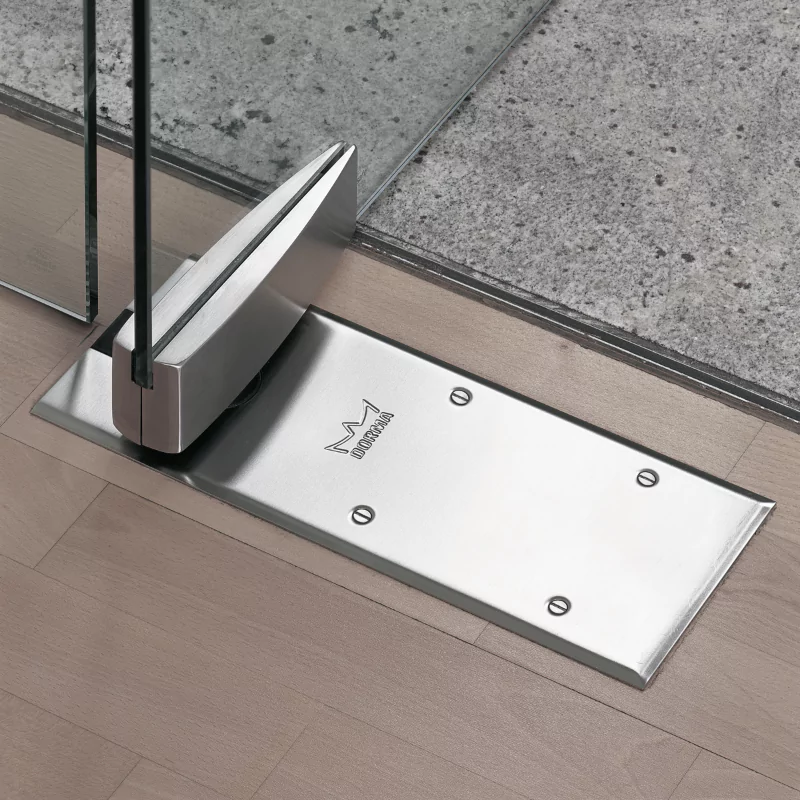
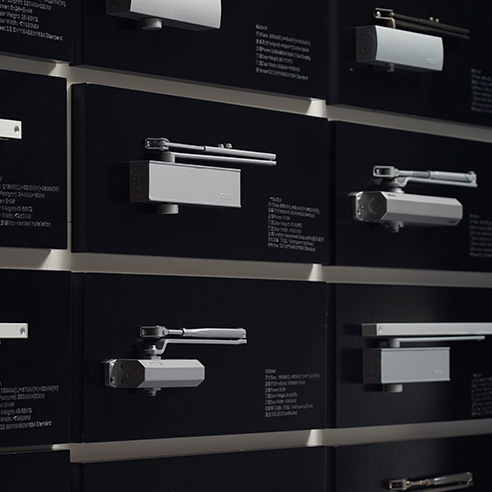
Find the Perfect Concealed Door Closer for Your Space!
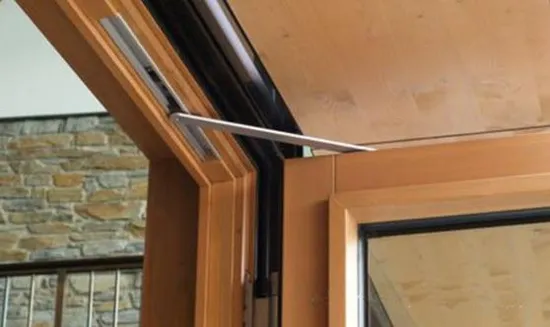
Concealed overhead closers are fitted into the door’s frame above the door. A logical spot if you’re looking for something that’s hidden but effective. The concealed closer will do its job without being noticeable, offering a clean, flush look.
These closers typically use hydraulic systems to control the speed and force of the door closing. Because they’re mounted above, they can easily manage larger doors without issues. You shut the door, and it glides gently to a close without you noticing the mechanism at work.
Overhead concealed closers are perfect when you want door control but require a visually seamless design. These are most often seen in commercial buildings, high-end office spaces, or retail environments where aesthetics meet functionality. Nothing protrudes, and everything looks tidy.
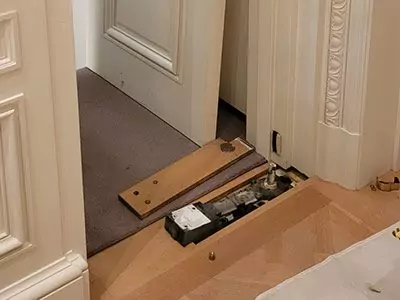
Concealed floor closers take a different approach. These are installed beneath the door, specifically within the floor. Floor closers are embedded directly into the floor below the door. The door sits on top of the concealed closer, hiding everything beneath it. Mounted here, door concealed closer offers incredible stability, especially when dealing with heavier doors.
Floor closers make sense for environments that expect heavier door traffic. They often handle pivoting boards and heavy glass or metal doors that would be out of range for less durable systems. They work particularly well for entrance doors and large internal doors, where smooth operation is essential.
You mostly see these in glass storefronts, offices, and institutional buildings—spots where both the look and weight of the door matter. Nothing sticks out; everything’s hidden below the floor, but the system quietly ensures the door opens and closes without a hitch.
Now here’s where it gets relevant. Depending on what your needs are, the type of concealed closer matters.
| Feature | Overhead Closers | Floor Closers |
| Location | Installed in door frame, hidden from sight | Installed under door, fully out of view |
| Best Door Type | Lighter/moderate doors, often interior | Heavy doors, high-traffic areas |
| Strength | Moderate, suitable for most interior doors | Higher strength, ideal for heavier doors |
| Aesthetics | Hidden, clean appearance, non-invasive to floors | Hidden, maintains clean floor lines |
Both options keep things hidden and maintain clean lines. So, if visual appeal is high on your list, both will work. It just depends on how much room you’ve got. Overhead closers are less invasive to floors, but if you’ve got space under the door to work with, a concealed floor closer will go entirely unnoticed.
If your door is light to moderate, and you want something clean that doesn’t mess with the floor? Go with a Concealed Overhead Closer. But, if you’re dealing with heavy, frequently used doors, especially large external entryways, then a Concealed Floor Closer is the better choice.
Both options keep things elegant. Both get the job done. What you pick should depend on the door you’ve got and the capacity you need. For high-quality concealed closer, consider Cn-oude. Their innovative designs ensure both functionality and aesthetic appeal for any space.




